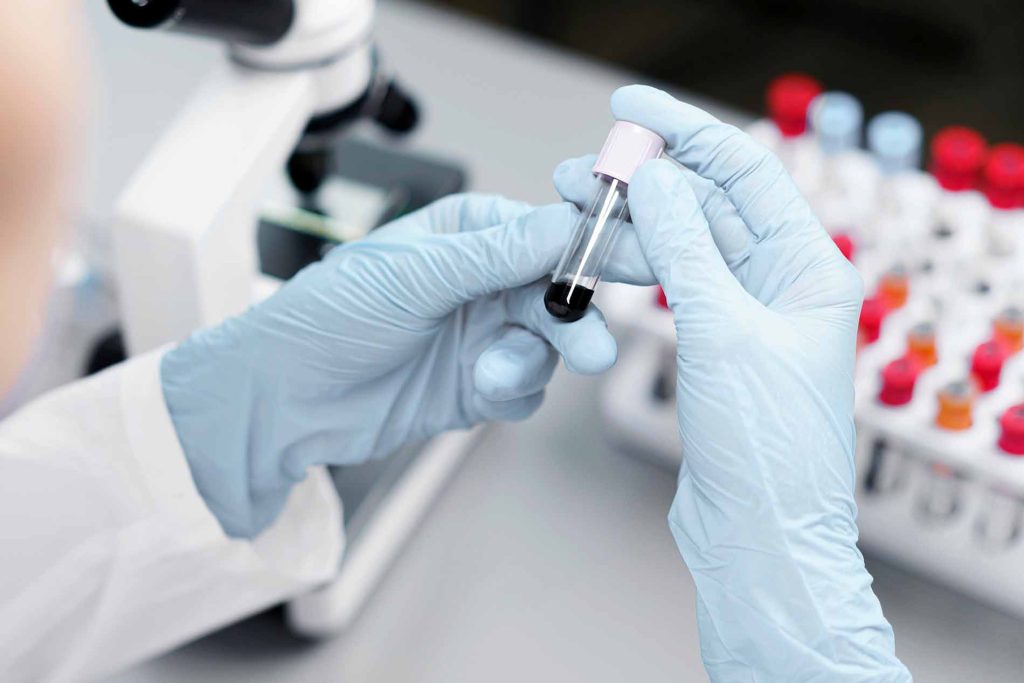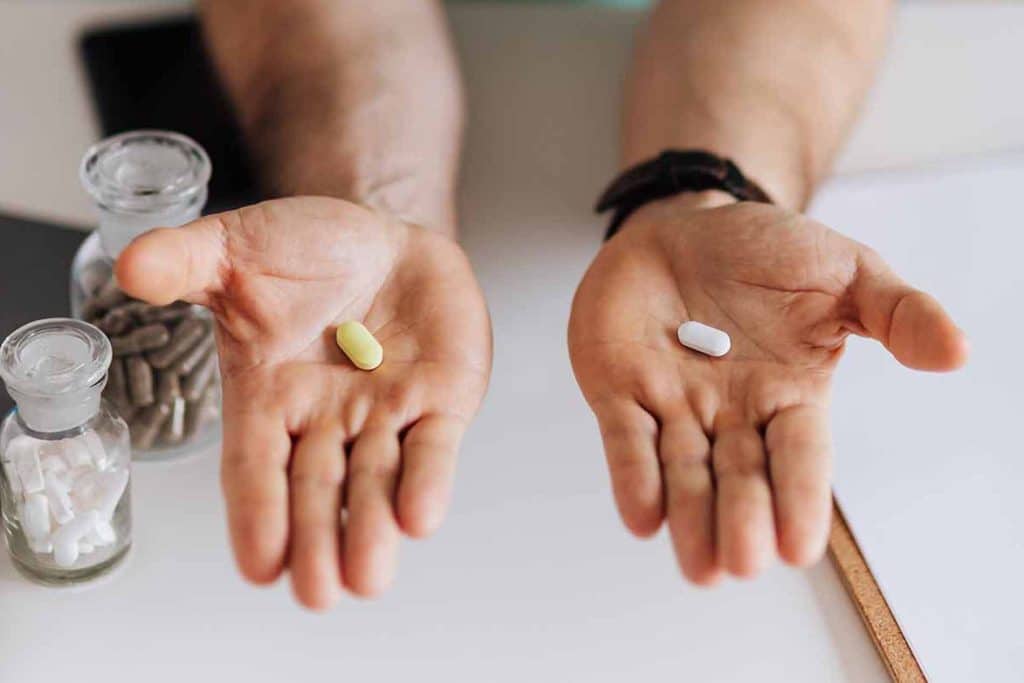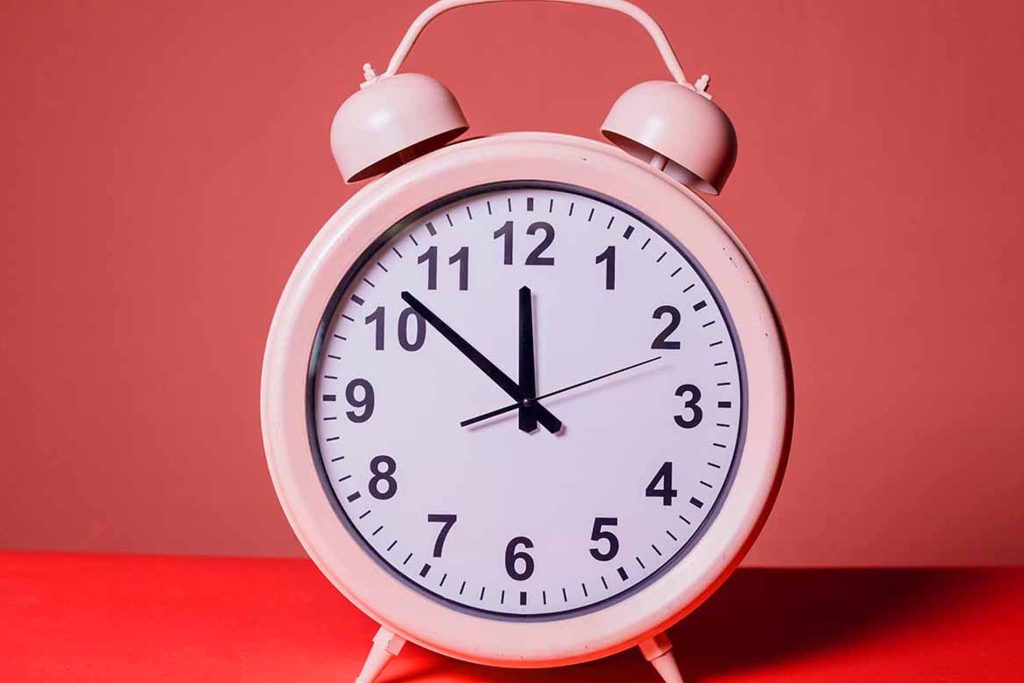How soon after a hair transplant can I wear head coverings?
Many people after a hair transplant wonder when they will be able to cover their head to hide scabs and any swelling following the procedure. In the first few days after the transplant, the scalp may be swollen and sometimes bleeding may occur. Understandably, you might want to cover these areas.
Experts usually recommend waiting 7 to 10 days after a hair transplant before starting to wear head coverings. Damaging the transplanted hair can lead to unsightly gaps in hair growth and disrupt the healing process. After 7-10 days, wearing a hat or other head coverings is considered safe.
Nevertheless, experts recommend avoiding wearing tight head coverings for at least 3 months after a hair transplant. Your doctor may advise waiting at least 10 days before wearing a hat. However, if you decide to cover your head earlier, try to choose a loose hood or another form of loose head covering. Remember, it’s best to follow your doctor’s recommendations in this matter.

What precautions should be taken when wearing hats after a hair transplant?
After a hair transplant, it’s important to be cautious when wearing head coverings. Here are some tips to consider:
Avoid touching the transplanted grafts: Ensure that the cap does not press on or touch the implanted grafts when putting it on or taking it off.
Choose soft fabric: Opt for hats made from soft, breathable materials such as cotton, which will be gentle on the scalp.
Maintain cleanliness: Wearing a clean head covering is an important aspect of maintaining hygiene after a transplant. Regularly wash your hats to avoid infection.
Limit wearing time: Try not to wear a cap for long periods; it is recommended that wearing time does not exceed 6 hours. Wearing it longer can cause discomfort or pressure on the transplant area.
Hair transplantation is a process that requires time and patience. Learning about hair transplant procedures and pre-procedure steps will help you better understand what to expect and how to care for your hair after the transplant. If in doubt, it is always worth consulting with a doctor who knows the details of your case best.




